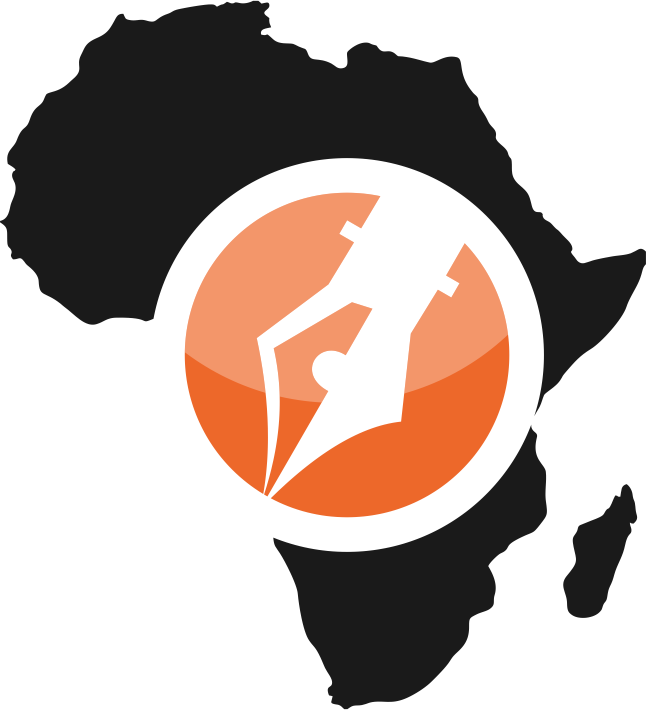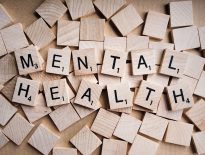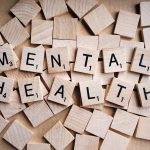1994 was a significant year for Africa. South Africa made a peaceful transition to democracy. But on a darker note, Rwanda experienced a tragic and violent genocide. Both countries initiated national reconciliation processes that captured the world’s attention. South Africa had the Truth and Reconciliation Commission (TRC), Rwanda set up the Gacaca Community Courts.
The TRC was tasked with bearing witness to, recording – and in some cases granting amnesty to – the perpetrators of crimes related to human rights violations during apartheid. The Gacaca Community Courts, based on a pre-colonial Rwandan approach to justice, were asked to establish what happened to the Tutsi during the genocide. Their job was to expedite the cases of those accused of genocide-related crimes.
Both processes were meant to contribute to interpersonal and national reconciliation. But in both countries, it’s become clear that the road to reconciliation doesn’t begin or end with commissions or trials. It is much more complex.
Read – Of A Failing Yet Wealthy Land – An Article by Leo Muzivoreva, Zimbabwe
Reconciliation goes hand in hand with many other factors and generates many difficult questions. Who needs to be reconciled with whom? Who should initiate the process? Who should facilitate it? What should it look like? How do national and interpersonal movements towards reconciliation intersect, if at all? Can you reconcile when there’s no freedom? Justice? Equality? Redress?
On one hand, post-Apartheid South Africa’s reconciliation process began with an unusual generosity of spirit on the part of those who could rightly have been classified as victims. Telling the story of what happened as truthfully as possible was the central tenet at the start of South Africa’s post-1994 reconciliation journey. But early on, concern was expressed that the country was trading justice for truth. In response to those criticisms the Institute for Justice and Reconciliation, an organisation that grew out of the work of the TRC, began focusing on equity and fairness as a central component to reconciliation.
Through its annual “reconciliation barometer”, the organisation found that economic justice has become increasingly important to South Africans. You only have to pay attention to current affairs to see the truth in this finding. The Economic Freedom Fighters – an opposition political party – are calling for land and resources to be redistributed. Students have also protested about equal access to education. What seems to be coming out clearly is that truth-telling is just not enough. Social justice and equity must remain front and centre of the reconciliation agenda. The TRC was very important, but very little follow up work was done by the government. And the policies it pursued left many South Africans feeling cheated. It has been argued, however, that a rigorous land redistribution will see South Africa falling into the same economic cesspit which neighbouring Zimbabwe is yet to come out of 20 years after land redistribution.
Read – Failure – An Article by Ugbede Ataboh, Nigeria
On the other hand, Rwanda took a different path. It focused on establishing individual perpetrators’ accountability for genocide crimes. Many were unsettled by this rigorous quest. There were calls for Rwanda to mimic South Africa and take the route of amnesty in exchange for truth. That would have assumed the wounds of the violent massacre of possibly a million people in three months were identical to the wounds of apartheid. It does not sit well to suggest for a moment that wounds left by Rwanda’s genocide were harder to heal than those left by apartheid. But it is critical to understand that they left behind different kinds of devastations.
In Rwanda, once the genocide ended, the entire country had been stripped of all of its resources. Dead bodies littered the streets. Perpetrators and survivors had to start rebuilding their lives side-by-side. The compulsion for revenge was strong, and there was an urgent need to deal – as quickly as possible – with the relationships between individual perpetrators and survivors within their communities.
The Gacaca trials took place in every community across the country and were presided over by judges from the communities. Perpetrators were identified and community members could speak out about the crimes that had been committed. Perpetrators then had to do community service which involved rebuilding roads and homes, among other things. This allowed some healing to begin. These trials have been heavily criticised by international observers, researchers and academics for not following due process and being vulnerable to manipulation. Some people were accused of crimes they never committed: when evidence was lacking, it became one person’s word against another and some people were wrongly accused. Judges were not always impartial and the record of events was sometimes inaccurate. Moreover, the reconciliation process has been criticised for being a top-down affair that was micromanaged by the Rwandan government. Because of this, non-governmental and religious organisations have been anxious not to criticise the government’s reconciliation agenda. This has limited its impact. Rwanda is often lauded for the incredible progress it is making in terms of development. But this progress seems to have been at the expense of political freedom and citizens’ participation. The question remains whether these are necessary for reconciliation to take place.
At the grassroots level, one of the challenges every reconciliation initiative faces is the struggle to understand where and how national and interpersonal interests intersect. Reconciliation is about restoring relationships between wounded people and communities. It also extends to the healing of entire nations. Almost thirty years after apartheid ended in South Africa and Rwanda was torn apart by genocide, it is clear there has been some healing. Often, this is most visible in the interpersonal relationships between victim and perpetrator.
In the Rwandan context, this is evident in the way in which widows from both sides of the genocide divide work together on entrepreneurial projects or in self-help cooperatives to build a shared livelihood. In these glimpses, we are reminded that reconciliation does not begin or end with commissions or trials. It requires change and transformation at the systemic level. Parallels can be drawn with the Zimbabwean genocide, Gukurahundi, which is still a delicate issue in Zimbabwe as it was never given the redress that its victims and survivors need.
After all has been said and done, governments must commit to policies and strategies that bring about greater freedom and equality. And individuals and communities must commit to the hard work of building and rebuilding relationships every day.








Nice article. Let me add this to your conclusion: we should strive to uproot from our minds and hearts – not merely legislate – those feelings and beliefs of inherent superiority attributed to physical features which birth hate which birth apartheid and genocides.